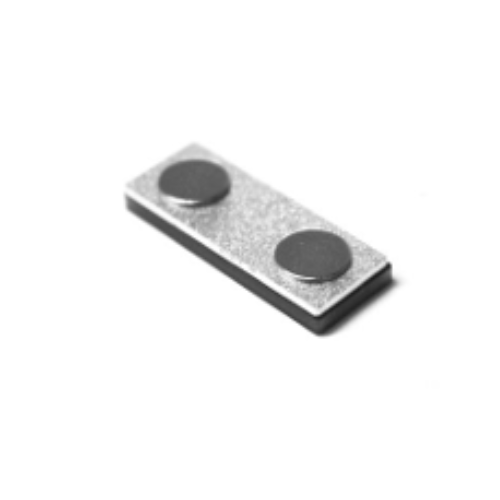Understanding RFID Technology in the Supply Chain
RFID is a wireless communication technology that utilizes radio waves to identify and track objects equipped with RFID tags. These tags contain unique identification information and can be read remotely by RFID readers or antennas. The supply chain, encompassing manufacturing, transportation, and distribution, has embraced RFID as a transformative tool for overcoming the challenges associated with traditional tracking methods.

 +1 888 655 8029
+1 888 655 8029














